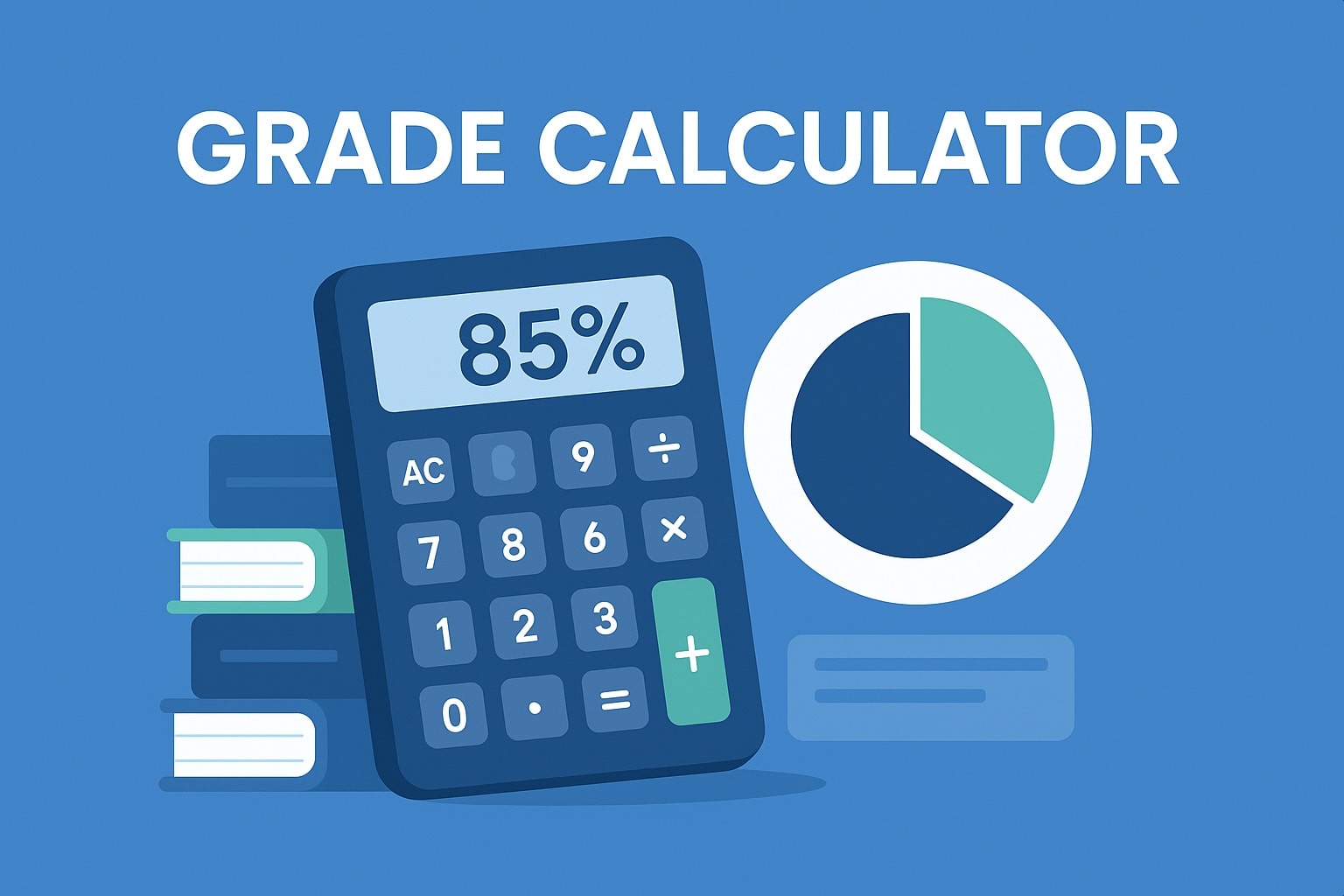What Is a 3.6 Gpa Letter Grade? Explained
In the competitive landscape of higher education, academic performance plays a pivotal role in shaping a student’s future. A crucial metric used to evaluate this performance is the Grade Point Average (GPA). This numerical representation of a student’s academic achievements can significantly influence their chances of securing admission to prestigious universities, landing coveted internships, and ultimately, achieving their career aspirations. Understanding the intricacies of GPA calculation and its implications is essential for students striving for academic excellence. One specific GPA value that often arises in conversations is 3.6. This blog post delves into the meaning of a 3.6 GPA, exploring its equivalent letter grade, its significance in the academic world, and the factors that contribute to achieving such a commendable GPA.
Decoding the 3.6 GPA
A 3.6 GPA signifies a strong academic record, placing the student within the upper echelon of their class. To comprehend its meaning fully, it’s crucial to understand the GPA scale. Most universities utilize a 4.0 scale, where A represents the highest grade (typically 4.0 points), B is the next highest (3.0 points), and so on. A 3.6 GPA, therefore, indicates that the student has consistently earned grades that translate to an average of 3.6 points per course.
Letter Grade Equivalent
While a 3.6 GPA is a numerical representation, it corresponds to a specific letter grade range. Generally, a 3.6 GPA translates to a B+ average. However, grading scales can vary slightly between institutions. It’s always best to consult the specific grading scale of the university or college in question to confirm the precise letter grade equivalent.
The Significance of a 3.6 GPA
A 3.6 GPA holds considerable weight in various academic and professional contexts. Here are some key areas where it can make a significant impact:
College Admissions
For prospective college students, a 3.6 GPA is highly competitive. It demonstrates a strong academic foundation and increases the likelihood of being accepted into selective universities. Colleges often use GPA as a primary factor in evaluating applicants, alongside standardized test scores and extracurricular activities.
Scholarships and Financial Aid
Many scholarships and financial aid opportunities have GPA requirements. A 3.6 GPA can make students eligible for a wider range of scholarships, potentially reducing their financial burden during their academic journey.
Graduate School Applications
When applying to graduate programs, a 3.6 GPA is generally considered a competitive GPA. Graduate schools often place significant emphasis on academic performance, as it reflects a student’s ability to handle the rigor of advanced coursework.
Job Market
While GPA may not be the sole determinant of job success, it can still play a role in initial screening processes. Employers often look for candidates with strong academic records, as it suggests a commitment to learning and a potential for success in a demanding work environment.
Factors Contributing to a 3.6 GPA
Achieving a 3.6 GPA requires dedication, hard work, and effective study habits. Here are some key factors that contribute to academic success:
Effective Time Management
Balancing academic responsibilities with extracurricular activities, social life, and personal commitments can be challenging. Developing strong time management skills is crucial for allocating sufficient time to studying and completing assignments.
Active Learning Strategies
Passive reading and note-taking are often insufficient for deep understanding. Active learning strategies, such as summarizing information, teaching concepts to others, and engaging in class discussions, can enhance comprehension and retention.
Seeking Support When Needed
Academic challenges are inevitable. Don’t hesitate to seek help from professors, teaching assistants, tutors, or classmates when encountering difficulties with coursework.
Consistent Effort and Perseverance
Academic success is not a sprint but a marathon. Maintaining consistent effort throughout the semester, even during challenging periods, is essential for achieving a high GPA.
Conclusion
A 3.6 GPA is a commendable academic achievement that reflects a student’s dedication, hard work, and intellectual capabilities. It opens doors to numerous opportunities, from prestigious college admissions to lucrative scholarships and competitive job prospects. Understanding the significance of GPA and the factors that contribute to its attainment empowers students to strive for academic excellence and pave the way for a successful future.
Frequently Asked Questions
What is a good GPA?
A 3.6 GPA is generally considered a good GPA, placing the student in the upper range of their class. It demonstrates strong academic performance and is competitive for college admissions, scholarships, and graduate programs.
How is GPA calculated?
GPA is calculated by assigning numerical values to letter grades and averaging them. Most universities use a 4.0 scale, where A = 4.0, B = 3.0, C = 2.0, and so on. The average of these numerical grades across all courses taken is the student’s GPA.
Can a 3.6 GPA change?
Yes, a 3.6 GPA can change. Future academic performance in subsequent semesters will influence the overall GPA. Students can improve their GPA by maintaining strong grades, taking challenging courses, and seeking support when needed.
Is a 3.6 GPA enough for medical school?
While a 3.6 GPA is a good starting point, admission to medical school is highly competitive. Medical schools typically look for GPAs in the 3.7 or higher range. Other factors, such as MCAT scores, extracurricular activities, and letters of recommendation, also play a significant role in the admissions process.
What are some tips for improving my GPA?
Here are some tips for improving your GPA:
- Attend all classes and actively participate in discussions.
- Develop effective study habits, such as creating a study schedule and finding a quiet study space.
- Seek help from professors, teaching assistants, or tutors when needed.
- Manage your time wisely and prioritize academic responsibilities.
- Stay organized and keep track of assignments and deadlines.
